PRESS 2 FOR THE ROCKET LAUNCHER
Source: https://tanks-encyclopedia.com/coldwar/US/M270-MLRS.php
NATO’s standard mobile rocket launcher
The concept of a self-propelled rocket launcher goes back to XVIth century Korean warfare, but in modern times, the ww2-era famous Katyusha rocket-launcher trucks really launched the incentive. Such was the effect of a sudden, localized rain of high-explosive warheads that the concept was raised next to classic artillery. MLRS (Multiple Launcher Rocket System) are modern equivalents, with much more effective warheads, greater range and moreover, deadly accuracy. In addition, the use of a fully tracked system ensured a true mobility. The M270 is one of the most common, NATO standard vehicle of the type today. It entered in service in 1983 and about 1,300 were manufactured by several companies until 2003. It will remain in service, with upgrades, probably well beyond 2030.
Development
The M270 multiple weapons platform (itself using many components of Bradley), was designed by the Vought Corporation as a replacement for the previous General Support Rocket System (GSRS) of 1974. This COEA program (US Army field artillery center) was never fully realized and instead, further developed as the M270, which was a joint development of UK, USA, Germany, France, and Italy. Lockheed Martin Missiles and Fire Control was in charge of the missiles and tracking systems.
Design
Apart from the main system (the rocket launcher and the projectiles, see later), the M270 chassis was tailored to provide the whole system shoot-and-scoot tactics: Firing its rockets rapidly, then moving away to avoid counter-battery fire.
The chassis is based on the M993 Carrier Vehicle, derived from the Bradley chassis. The hull is armored (against small arms fire and shell splinters), with a front cab dotted with windows protected by armored shutters, and side doors. The Cummins Diesel 500 hp (368 kW) engine was mounted transversely behind the cab, and the storage bay, about 2/3 of the total length of the vehicle, supported the fully traversable M269 Loader Launcher Module (LLM), also integrating the electronic Fire Control System. The crew of three comprised the driver, commander and operator.
The rockets
The M270 launcher is versatile enough to fire either guided and unguided projectiles up to 42 km (26 mi). Ballistic missiles such as the ATACMS (tactical), can hit targets up to 300 km (190 mi) away thanks to its propulsion, with a warhead reaching 50 km (164,000 ft). The average rate of fire was 12 rounds in less than 40 sec. but this rose to 2 rounds in 10 sec for the tactical missiles. The effective firing range, by projectile type was:
-M26: 32 km (20 mi)
-M26A1/A2: 45 km (28 mi)
-M30/31: 70 km (43 mi)
-GMLRS+: 120 km (75 mi)
-ATACMS: 165 or 300 km (103 or 186 mi)
The M270 in service
The first American unit only using the new M270 system was the 6th Battalion, 27th Field Artillery (“proud rockets”) on 1 October 1984, while the usual composition was two batteries of howitzers for one battery of MLRS. In March 1990, the unit was deployed at the New Mexico White Sands Missile Range for testing the new Tactical Missile System. This unit was deployed in Saudi Arabia on 2 September 1990 for the Operation Desert Shield, assigned to the XVIII Airborne Corps Artillery defence sector (first action ever). Later on with Desert Storm, this unit was the first to fire on Iraqi position in Kuwait. It assisted most units on the move on a daily basis throughout the operations, soon joined by the 92nd Field Artillery battery from Ft. Hood, Texas, the 3/27th FA (MLRS) from Ft. Bragg, but also the A/21st Field Artillery (MLRS) – 1st Cavalry Division Artillery in September.
They were joined in by units previously deployed in Germany, the A-40th Field Artillery (MLRS) – 3rd Armored Division Artillery and, 1/27th FA (MLRS)- 41st Field Artillery Brigade and 4/27th FA (MLRS). The Oklahoma Army National Guard 1/158th Field Artillery was also deployed from January 1991. All participated in the most massive night fire mission in February so far. MLRS also took part in the 2003 invasion of Iraq. British MLRS were also deployed in Afghanistan, southern province of Helmand with guided ammunitions in March 2007.
The M270 gained nicknames such as “the commander’s personal shotgun”, “battlefield buckshot”, “Gypsy wagon” (due to the lack of storage for the crew’s personal belongings and equipments on the roof), “70 kilometer sniper rifle” or “steel rain” by the Iraqis.
Specifications
General Characteristics
- Created On Windows
- Wingspan 13.3ft (4.1m)
- Length 30.7ft (9.4m)
- Height 13.2ft (4.0m)
- Empty Weight 54,758lbs (24,838kg)
- Loaded Weight 92,930lbs (42,152kg)
Performance
- Wing Loading 3,837.1lbs/ft2 (18,734.6kg/m2)
- Wing Area 24.2ft2 (2.3m2)
- Drag Points 11645
Parts
- Number of Parts 178
- Control Surfaces 0
- Performance Cost 498
Required Mods
-
Tracks 2
by MOPCKOE_DNISHE
Version 0.81 (7/8/2019 6:07:15 PM)
View Mod Page

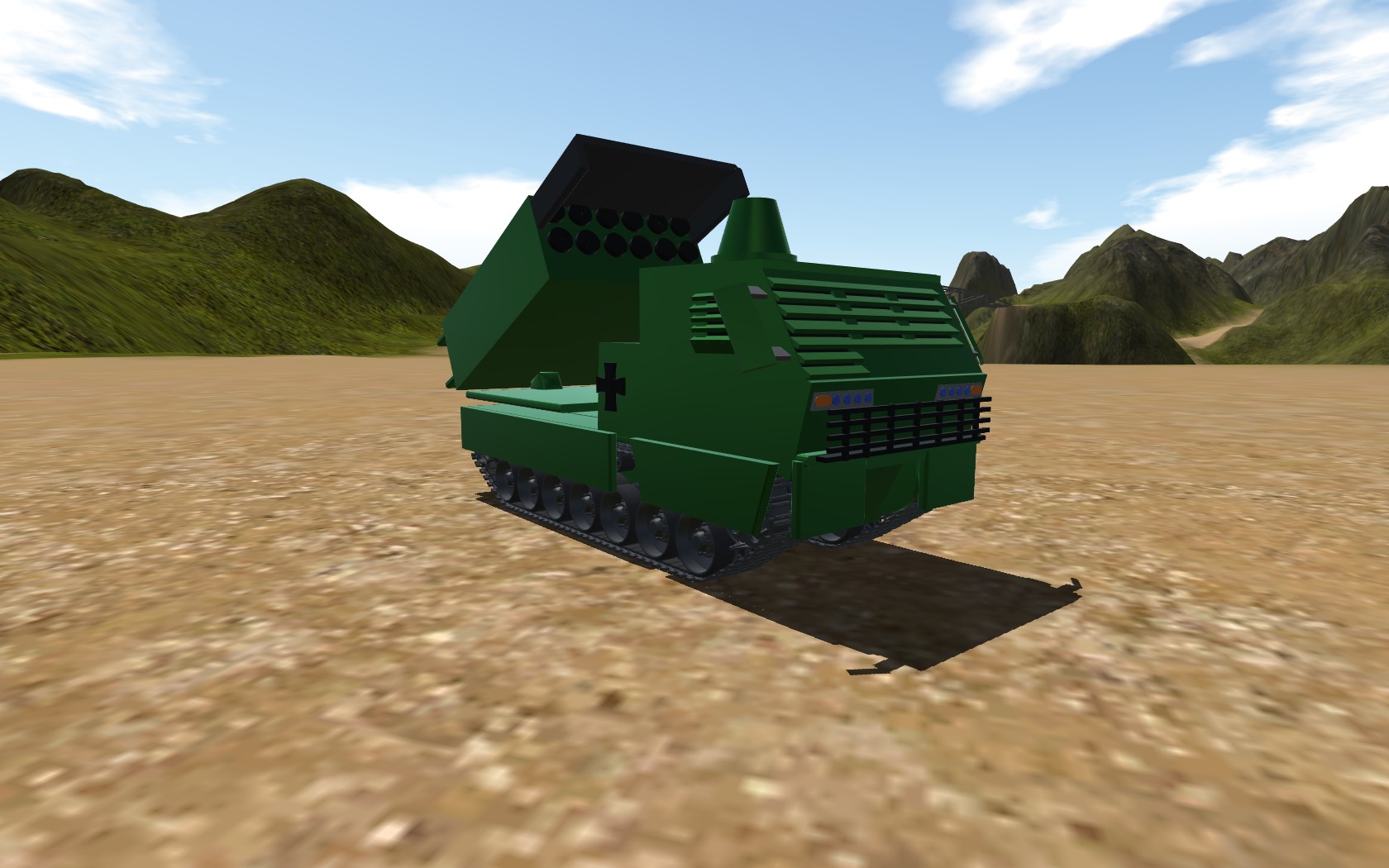
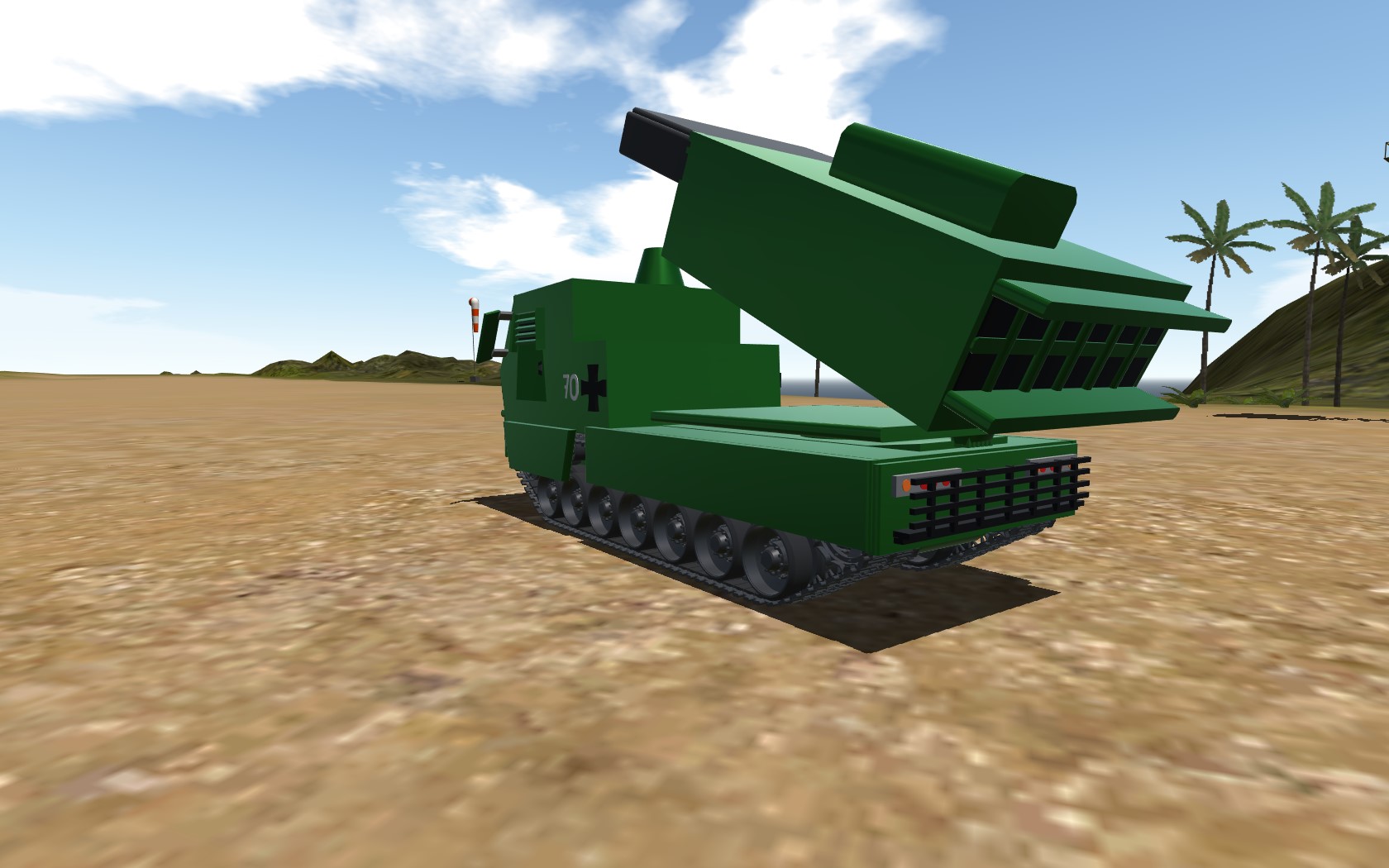
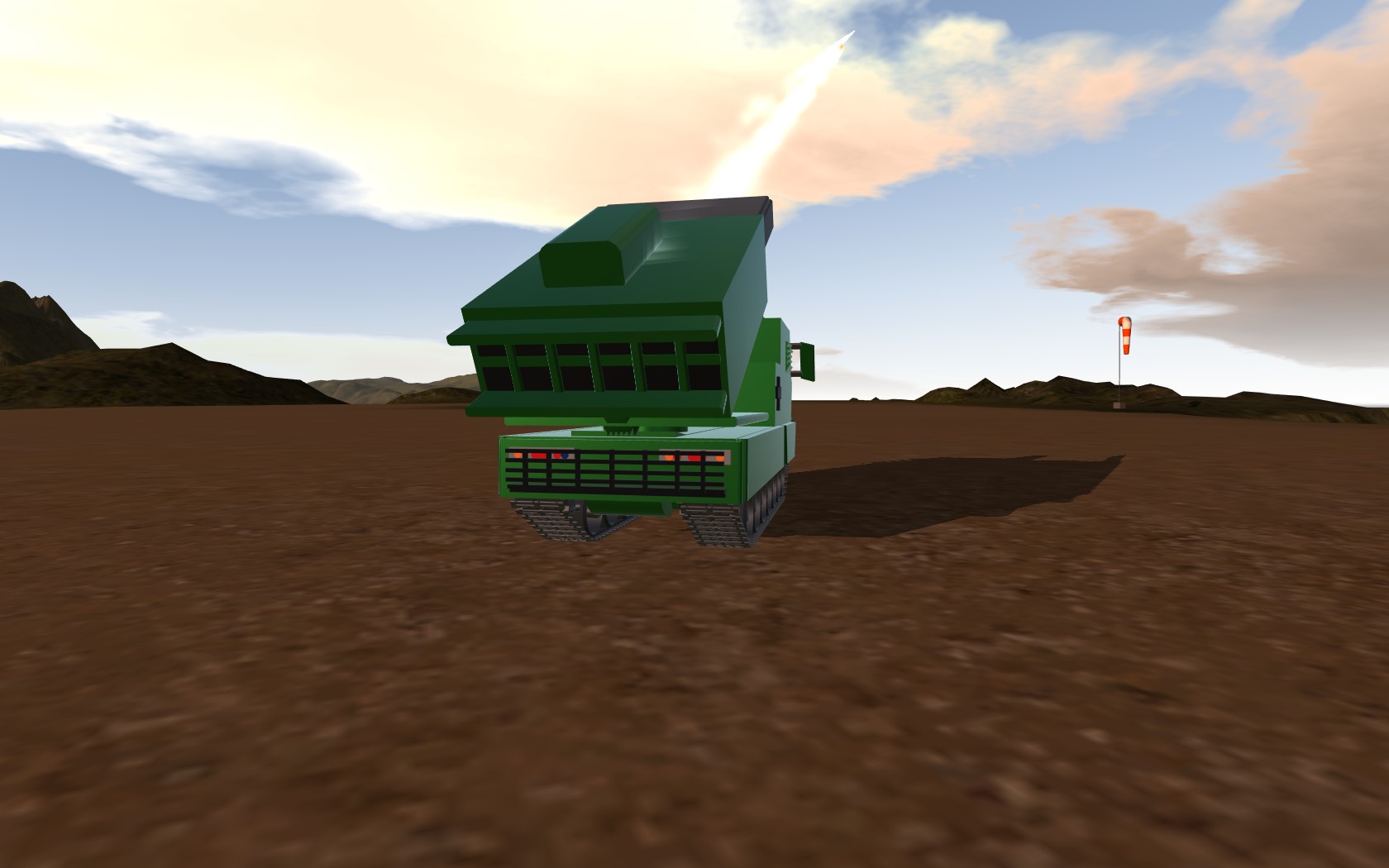
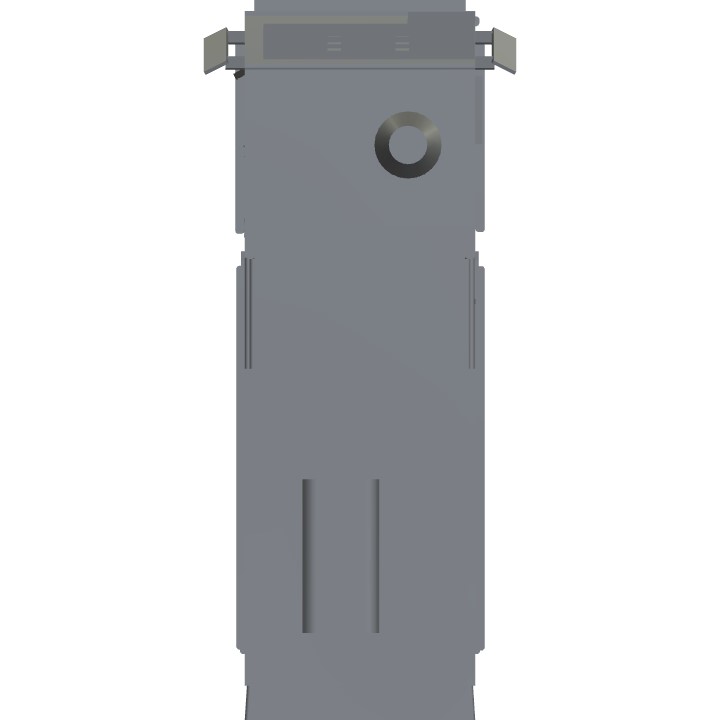
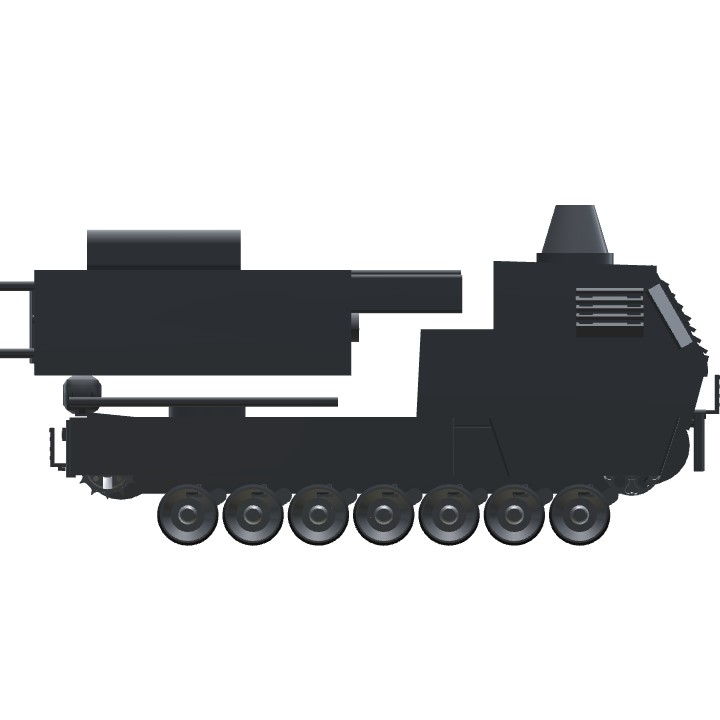
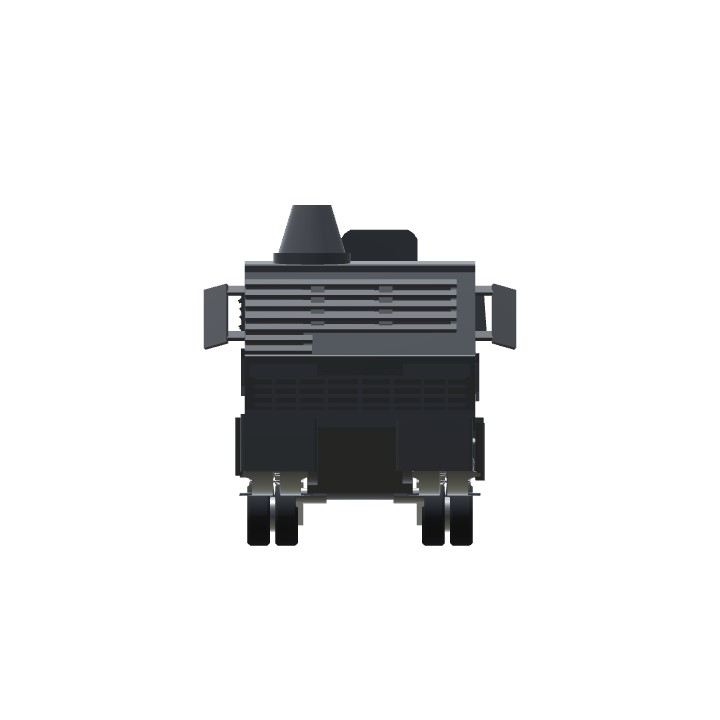
Version 1.5 is ready, waiting to publish it tommorow